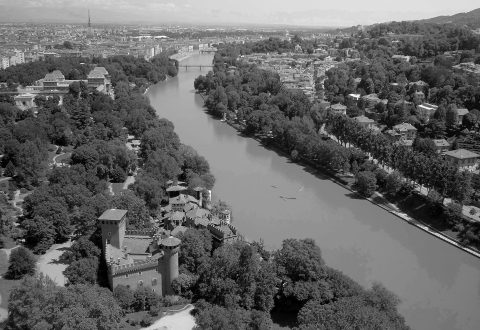Health facilities in low resources and/or remote locations
The collaboration that FULL started in 2020 with WHO proved an ongoing source of research on facilities and best practices for dealing with health issues in remote areas or low-resource contexts. Here we show a summary of five initiatives carried out also with UCREDD, World Food Program, and UNHRD Innovation Lab.
Year
2020-2024
Scientific coordinator
Project coordinators
Research commissioned by
Departments
DIST, DENERG
Tags
#PostPandemicCity #health
Type
Research project
Severe Acute Respiratory Infections Treatment Centre – Dori, Burkina Faso
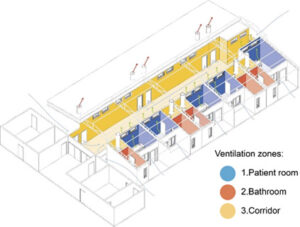
The project focused on the passive design for an infectious diseases treatment centre. The aim of this project is to deliver three high quality health facilities to respond to infectious diseases in a low resources contexts. To respond to this challenge, the role of passive and human centred design is critical.
YEAR
2020-2022 – completed
ACTORS
WHO, FULL, Technè, Polytechnic University of Bobo-Dioulasso
- Nigra, M., Simonetti, M., Galleano, L., Serale, G. (2022). Natural Ventilation as Sustainable Response to Covid-19: Designing an Airborne Disease Treatment Centre in Burkina Faso, PLEA2022 SANTIAGO, Will Cities Survive? November 23-25, 2022
- Nigra, M., Simonetti, M., Galleano, L., Gentile, V. (2022). Designing Health Structure in Emergency Contexts. Natural Ventilation as Response to COVID-19 Pandemic. Comfort at the Extremes 2022, 5-6 September 2022, Edinburgh, Scotland.
- Nigra, M., Binda, T., Silenzi, A., Di Marco, M., Galleano, L. (2023). Passive Design Approach for an Infectious Diseases Treatment Centres in the Global South: A Possible Methodology, Architectural Engineering and Design Management (under review).
Three Treatment Centre in Uganda

The project focused on the passive design for an infectious diseases treatment centre. This project aims to deliver three high-quality health facilities to respond to infectious diseases in a low resources context. To respond to this challenge, the role of passive and human-centred design is critical.
YEAR
2022-ongoing
ACTORS
WHO, FULL, UCREPP (The Uganda COVID-19 Response and Emergency Preparedness Project)
High Performance Tents – A Ventilation Study
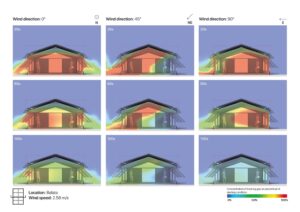
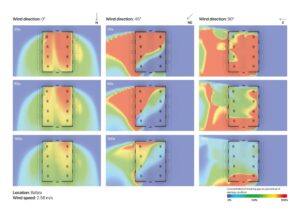
This study analyses the ventilation performance of the High Performance Tent product. The study aims at testing the compliance of the tent with the infection prevention control requirements for airborne diseases set by the World Health Organization.
YEAR
2020-2021 – completed
ACTORS
WHO, FULL
Research Output
- Nigra, M., Simonetti, M., Galleano, L., Gentile, V. (2022). Designing Health Structure in Emergency Contexts. Natural Ventilation as Response to COVID-19 Pandemic. Comfort at the Extremes 2022, 5-6 September 2022, Edinburgh, Scotland.
Infectious Disease Treatment Module (IDTM) – INITIATE2
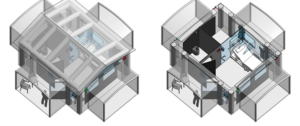
INITIATE² is an initiative to provide the most advanced level of medical care available at the outset of an outbreak of an infectious disease by:
• providing a rapid deployable, easily transportable, extendable, self-contained and self-sufficient treatment centre for infectious diseases that can be used as a standalone solution, but which can also integrate sustainably into on-site health services;
• reducing the time needed to open an infectious disease treatment centre in order to enhance the first containment phase and reduce possible outbreaks spreading; and
• ensuring standardization across emergency actors in order to offer to patients the same quality of care, comfort and IPC standards.
YEAR
2022-ongoing
ACTORS
WHO, FULL, World Food Program, UNHRD Innovation Lab
Unit for Maternity Aid – UMA
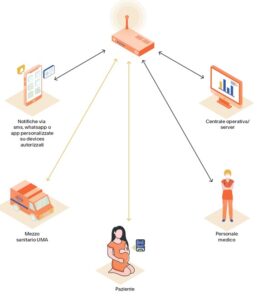
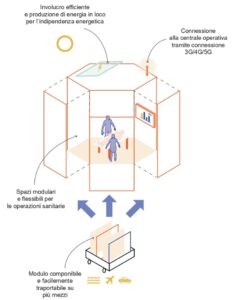
The objective of this research is the development and testing of a prototype for a mobile unit to assist maternity experience from the pre-natal phase, during delivery and to post-natal period, based on a highly digitalised exchange of real-time information between the unit and the major health facilities existing on the territory. The unit will need to be operative off-grid and deployable in remote locations, able to respond to any infectious diseases irrespective of the mode of transmission, and provide a high standard of care for women, newborn, and families during maternity.
YEAR
2022-ongoing
ACTORS
WHO, FULL, World Food Program, UNHRD Innovation Lab


